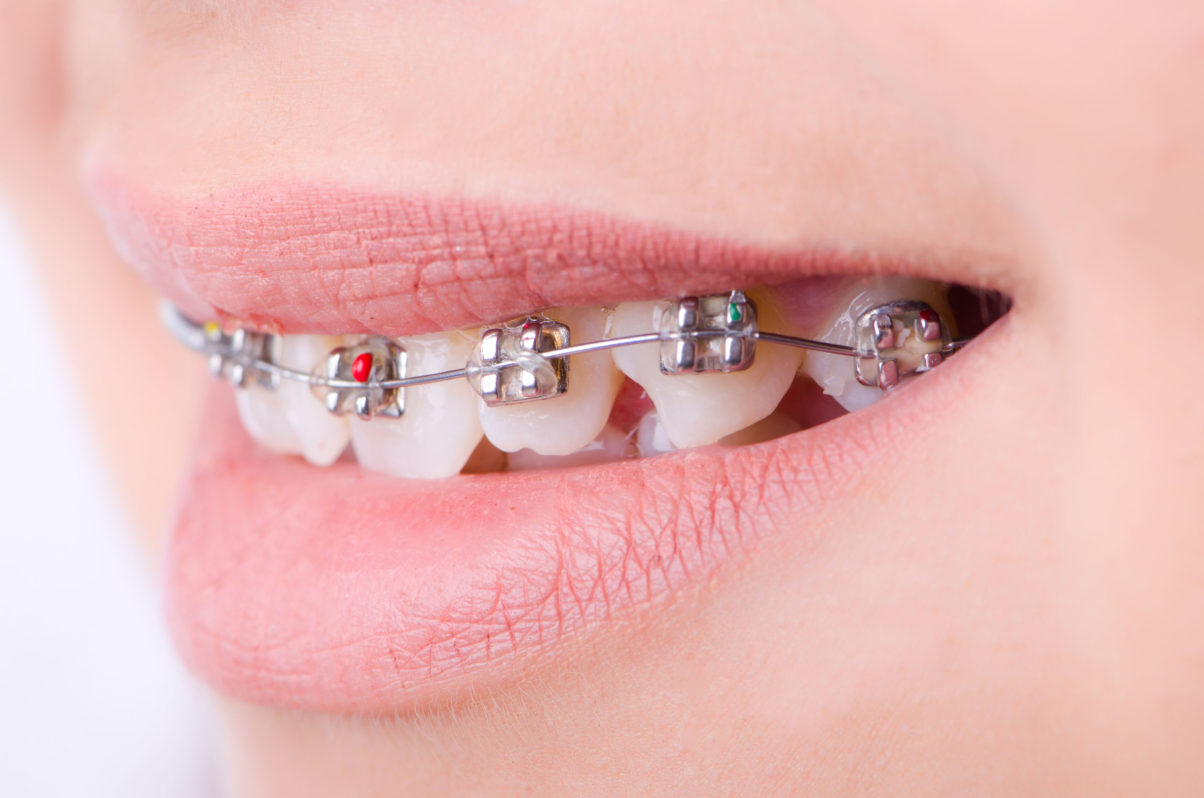Orthodontic treatment can help people of any age achieve a healthy and beautiful smile. Before considering orthodontic treatment, you may want to learn more about orthodontics in general. Keep reading to learn more about our ten most frequently asked questions about orthodontic treatment.
- What is orthodontic treatment? Orthodontic treatment involves the use of devices to straighten or move teeth into proper alignment. There are many orthodontic treatment options available, ranging from fixed to removable appliances. Your orthodontist will use their specialized knowledge to determine which treatment option will work best for you.
- What is the difference between an orthodontist and a dentist? Orthodontists specialize in correcting the alignment of your teeth, improving your bite, or fitting your mouth for corrective devices. Dentists provide broad medical services that deal with the health of your teeth, gum, nerves, and jaw. While both orthodontists and dentists work to improve your oral health, orthodontists require additional schooling as a dental specialist.
- Is orthodontic treatment necessary? Orthodontic treatment not only improves the aesthetic appearance of your smile, but also helps you to achieve a healthy bite. Misaligned teeth can lead to health problems such as gum disease, tooth decay, and breakage. Correcting the alignment of your teeth will ultimately improve long-term health of your teeth, gums, and jaw joints.
- What causes orthodontic problems? Orthodontic problems are often inherited, but certain problems are acquired. Inherited problems include the size of your jaw, shape and size of your teeth, and spacing of your teeth. Acquired problems often stem from dental disease, poor dental hygiene, and physical accidents.
- What is the average cost of orthodontic treatment? Orthodontic treatment is highly personalized. Therefore, orthodontic expenses vary based on your age, insurance plan, and required treatment. To learn more about the cost of orthodontic treatment, schedule a free consultation with your local <brand name> orthodontist.
- What age is appropriate to go to the orthodontist? While there’s no set age for a child’s first orthodontist visit, the American Association of Orthodontists recommends that all children be seen by an orthodontist around the age of 7. The ideal age for orthodontic treatment is between the ages of 8 to 14 years. Scheduling a preventative consultation with an orthodontist is important for developing a plan for the future.
- What are the different orthodontic treatment options? Orthodontists use both fixed and removable appliances to help move teeth and affect the growth of your jaw. The most commonly used fixed appliance is braces, which consists of brands, wires, and brackets that are fixed to your teeth to gradually move them into alignment. The most common removable appliances include clear aligners, removable space maintainers and retainers.
- What to expect during your orthodontic treatment? During your initial exam, your orthodontist will examine your face and teeth, and order orthodontic records. These records include photographs, X-rays, and molds or scans of your top and bottom teeth. Next, your orthodontist will go over what treatment he or she recommends. During your second appointment, based on the treatment plan you have agreed to with your orthodontist, it is most likely that either braces will be applied to your teeth or clear aligners trays will be given to you. Afterwards, you can expect to visit your orthodontist every four to eight weeks for follow-up appointments until the treatment is completed.
- How long does orthodontic treatment last? In general, orthodontic treatment usually takes between six months and three years, depending on the severity of the issues to be corrected and how well you keep to the follow-up appointment schedule. The average time is around 18-24 months.
- Does orthodontic treatment hurt? Braces do not hurt when they are applied to the teeth. However, you may experience mild soreness after they are applied, which could last for a few days after each visit as your teeth begin to shift.
Final Word:
It’s never too late to achieve a healthy and beautiful smile. If you are unsure about whether or not you could benefit from orthodontic treatment, please call your local Gentle Dental office. They will help you schedule a free orthodontic consultation.


 Previous Article
Previous Article

